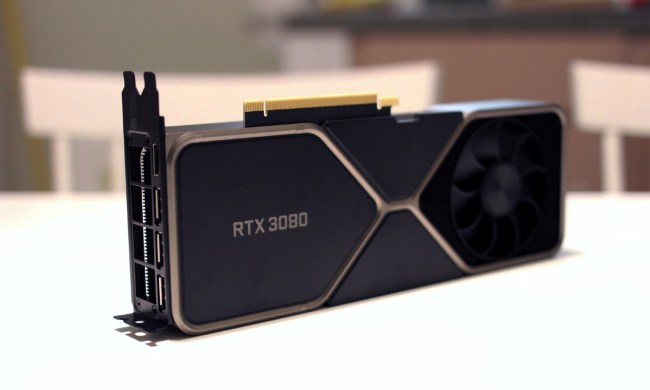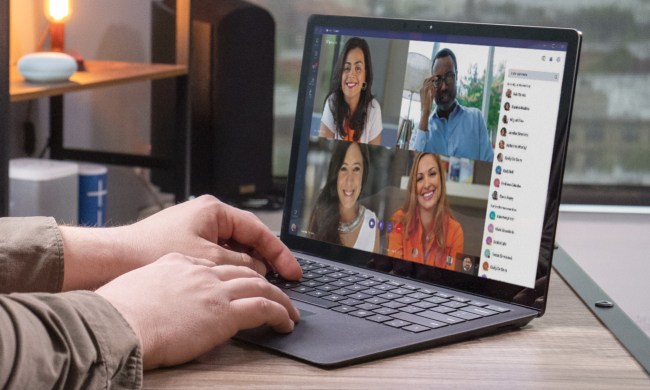Would you accept cryptocurrency as a reward for watching ads? How about if you had to prove you had watched said ads by having your brain waves analyzed? It might sound a bit crazy, but it’s an idea Microsoft lays out in a new patent application titled “Cryptocurrency System Using Body Activity Data.”
Filed in September 2018, but only recently published by the United States Patent and Trademark Office (USPTO) and highlighted by PC Magazine, the application describes a method of how “brain wave or body heat emitted from the user when the user performs the task provided by an information service provider, such as viewing an advertisement or using certain internet services, can be used in the mining process.”
As is described by the patent application, instead of the massive computation work that is required by “conventional cryptocurrency systems,” Microsoft’s hypothesis is that data generated based on the body activity of users can help “solve the computationally difficult problem unconsciously.” Other than brain waves and body heat, the system could also potentially monitor “body fluid flow” and “organ activity and movement.”
All of this would, of course, require biometric reading of users, potentially via attached sensors. As a reward for wearing these, however, the system would then pay out cryptocurrency for completing certain tasks. As the application notes: “The cryptocurrency system communicatively coupled to the device of the user may verify if the body activity data satisfies one or more conditions set by the cryptocurrency system, and award cryptocurrency to the user whose body activity data is verified.”
In addition to watching ads for a set amount of time, the patent application also notes how it could track tasks such as social media, using search engines, sending and receiving email, visiting websites, or using chatbots.
Overall, it leaves a whole lot more questions open than it poses answers. Which cryptocurrency? Would the mining of these currencies be the main benefit for Microsoft or would it be the ability to prompt users to use certain services? And, most crucially of all, will this ever transition from a proof-of-concept to a fully fledged product? As with many patents, there’s a good chance that this is a defensive patent that will never actually be turned into a user-facing product. Nonetheless, it’s another reminder that tech giants are always looking for new ways to keep eyes (and brain waves, organ activity, etc.) on their products.


